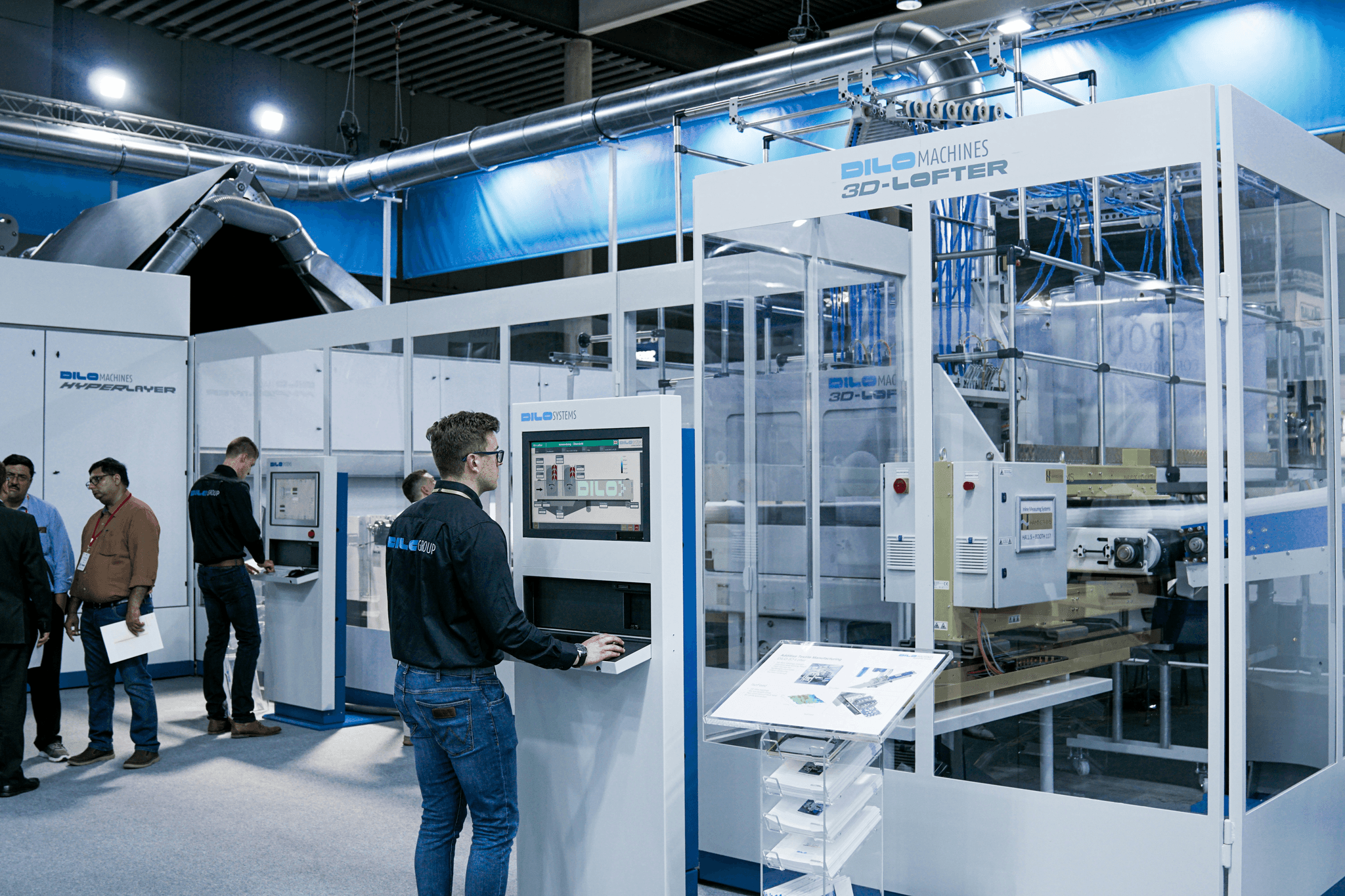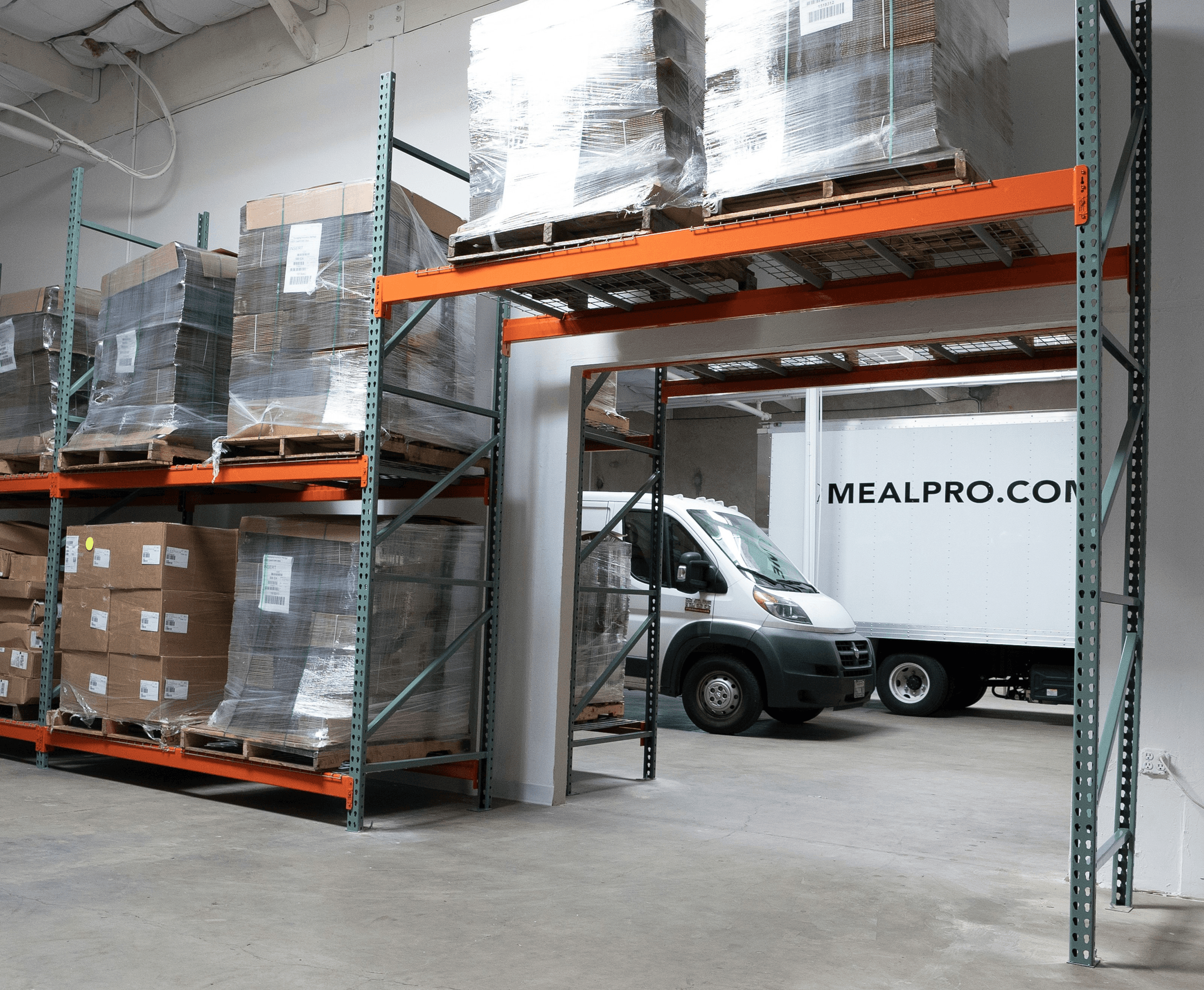Introduction
Are you familiar with the FOB delivery process? If not, don't worry - it's not as complicated as it may seem. FOB delivery is a popular method for shipping goods internationally, and understanding how it works can greatly benefit your business. Let's dive into the key aspects of FOB delivery and debunk some common misconceptions.
Understanding the FOB Delivery Process
When it comes to FOB delivery, the seller is responsible for getting the goods to a specified port or location, at which point the buyer assumes ownership and liability. This means that once the goods are handed over to the carrier, any risk associated with transportation becomes the buyer's responsibility.
Benefits of FOB Delivery
One of the main advantages of opting for FOB delivery is that it allows you, as a buyer, to have more control over your shipment. It also gives you the flexibility to choose your own carrier and negotiate better rates for transportation. This can result in cost savings and improved efficiency for your business.
Common Misconceptions about FOB Delivery
There are some misconceptions surrounding FOB delivery, such as assuming that it's always cheaper than other methods or that it's too complex to manage effectively. In reality, with proper planning and understanding of the process, FOB delivery can be a valuable option for businesses looking to streamline their supply chain operations.
Now that we've covered some basics, let's delve deeper into what exactly FOB delivery entails and how it can benefit your business in more detail.
What is FOB Delivery?
When it comes to international trade, FOB delivery, or Free On Board delivery, refers to a shipping agreement where the seller is responsible for the goods until they are loaded onto the vessel at the port of origin. This means that once the goods are on board, the buyer assumes all responsibility and costs. Understanding this crucial aspect of international trade is essential for businesses looking to expand their global reach and streamline their supply chain processes.
Definition of FOB Delivery
In FOB delivery, the seller arranges and pays for transportation of the goods to the port of shipment and loading onto the vessel. Once loaded, ownership and risk transfer to the buyer. This transfer point is critical as it determines when responsibility shifts from seller to buyer. It's important for businesses like SSOURCING INC. to clearly understand this concept in order to effectively manage their shipping logistics and minimize any potential risks or misunderstandings.
Key Players in FOB Delivery Process
The key players in an FOB delivery process include the seller (exporter), buyer (importer), freight forwarder, customs broker, carrier, and insurance provider. Each party plays a crucial role in ensuring a smooth and efficient delivery process from start to finish. By understanding who these key players are and what their responsibilities entail, businesses can better navigate through international trade transactions with confidence.
Comparison with Other Delivery Methods
Compared to other delivery methods such as CIF (Cost, Insurance, Freight) or EXW (Ex Works), FOB delivery offers more flexibility and control over transportation arrangements for both buyers and sellers. While CIF includes insurance costs in addition to freight costs paid by the seller, EXW places all responsibility on the buyer from the supplier's premises onwards. By comparing these different methods, businesses can determine which option best suits their specific needs in terms of cost-effectiveness and risk management.
Remember that when it comes to international trade agreements like FOB delivery, knowledge is power! By staying informed about these key concepts and best practices, businesses like SSOURCING INC. can make informed decisions that will ultimately benefit their bottom line while expanding their global footprint.
Steps of FOB Delivery
When it comes to FOB delivery, the first step is placing an order with your supplier. This involves specifying the quantity, quality, and delivery terms to ensure a smooth transaction. Once the order is confirmed, the next crucial step is customs clearance and documentation. This involves preparing all necessary paperwork and ensuring compliance with import/export regulations.
Order Placement and Confirmation
After identifying your product requirements, you'll need to communicate them clearly to your supplier at SSourcing Inc. This includes details such as product specifications, packaging requirements, and delivery deadlines. Once both parties agree on the terms, a purchase order is issued to confirm the order and lock in the agreed-upon price.
Customs Clearance and Documentation
Customs clearance is a critical part of the FOB delivery process as it ensures that your goods can legally enter the destination country. It involves preparing documents such as commercial invoices, packing lists, and certificates of origin. At SSourcing Inc., we work closely with our clients to ensure all necessary paperwork is in order for a seamless customs clearance process.
Transportation and Delivery
Once customs clearance is obtained, transportation arrangements need to be made for the goods to be delivered from the supplier's location to their final destination. This may involve coordinating with freight forwarders or carriers for shipping arrangements. At SSourcing Inc., we have established partnerships with reliable logistics providers to ensure timely and cost-effective transportation for our clients' FOB deliveries.
With these steps in place, you can navigate through the FOB delivery process smoothly while working with SSourcing Inc., maximizing efficiency and minimizing risks along the way!
Key Considerations for FOB Delivery

When it comes to FOB delivery, quality control and inspection are crucial aspects to consider. Ensuring that the products meet your standards is essential for the success of your business. At SSOURCING INC., we prioritize quality control and inspection to guarantee that our clients receive top-notch products that meet their expectations.
Quality Control and Inspection
Quality control and inspection involve thorough checks on the products before shipment. This ensures that they meet the required specifications and are free from defects. At SSOURCING INC., we have a dedicated team that conducts rigorous inspections to maintain high-quality standards for all our FOB deliveries. This commitment to quality sets us apart as a reliable partner for businesses seeking seamless FOB delivery solutions.
Payment Terms and Risks
Understanding the payment terms and associated risks is another critical consideration for FOB delivery. It's essential to clarify payment terms with suppliers to avoid any misunderstandings or financial discrepancies. At SSOURCING INC., we provide transparent payment terms and educate our clients about potential risks associated with FOB delivery, empowering them to make informed decisions that align with their business goals.
Choosing the Right Supplier
Selecting the right supplier is pivotal for successful FOB delivery. It's important to partner with reputable suppliers who have a track record of reliability and consistency in meeting delivery timelines. SSOURCING INC.'s extensive network of trusted suppliers ensures that our clients have access to reliable partners who prioritize professionalism and efficiency in every aspect of the FOB delivery process.
FOB Delivery Best Practices

Communication with Suppliers
Effective communication with suppliers is crucial for successful FOB delivery. SSOURCING INC. recommends setting clear expectations and timelines, and maintaining regular contact to ensure smooth coordination. Whether it's confirming order details or addressing any issues that may arise, open lines of communication help prevent misunderstandings and delays in the delivery process.
Managing Lead Times
Managing lead times is essential in FOB delivery to avoid any disruptions in your supply chain. SSOURCING INC. advises closely monitoring production schedules and shipping timelines to ensure timely delivery of goods. By proactively managing lead times, you can minimize the risk of delays and keep your operations running smoothly.
Addressing Potential Challenges
Despite careful planning, challenges can still arise in FOB delivery. SSOURCING INC. suggests anticipating potential issues such as transportation delays or customs clearance hiccups, and having contingency plans in place to address them promptly. By being prepared for unexpected obstacles, you can mitigate their impact on your supply chain and maintain reliable delivery schedules.
Conclusion
In conclusion, understanding the FOB delivery process is crucial for businesses looking to streamline their supply chain operations. Choosing the right FOB delivery option involves evaluating the specific needs of your business and finding suppliers that align with your goals. By streamlining your FOB delivery process, SSOURCING INC. can save time and money while maximizing efficiency. Maximizing the benefits of FOB delivery for your business means staying informed about industry best practices and continuously improving your processes.
Choosing the Right FOB Delivery Option
When choosing the right FOB delivery option, it's important to consider factors such as supplier reliability, shipping costs, and lead times. By carefully evaluating these factors, SSOURCING INC. can make informed decisions that align with their business objectives and budget constraints.
Streamlining Your FOB Delivery Process
Streamlining your FOB delivery process involves implementing efficient communication channels with suppliers, managing lead times effectively, and addressing potential challenges proactively. By doing so, SSOURCING INC. can reduce delays and ensure a smooth flow of goods from suppliers to their warehouse.
Maximizing Benefits of FOB Delivery for Your Business
To maximize the benefits of FOB delivery for your business, it's essential to maintain strong relationships with reliable suppliers, optimize quality control processes, and stay updated on industry best practices. By doing so, SSOURCING INC. can enhance their competitive advantage in the market and achieve sustainable growth.

